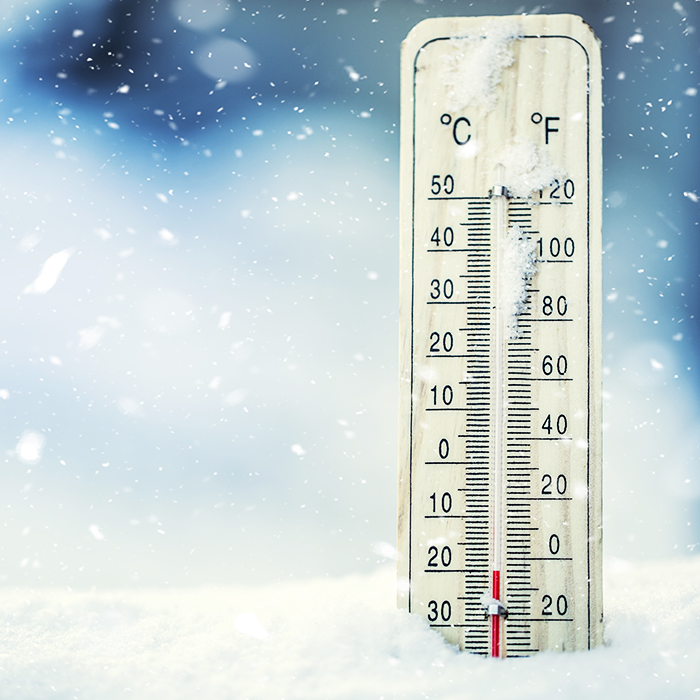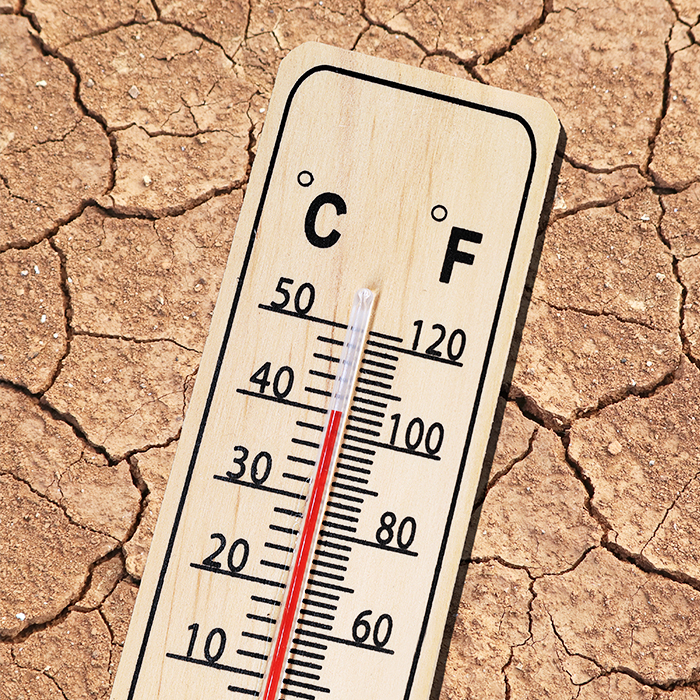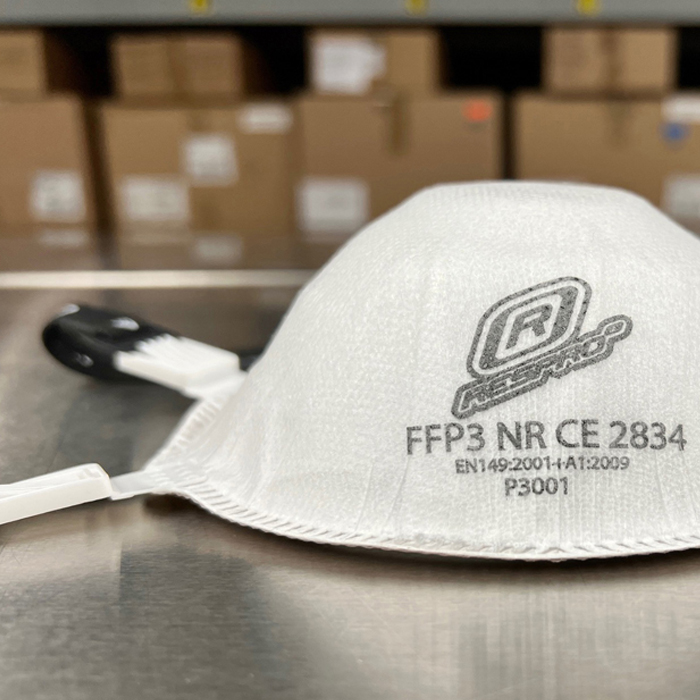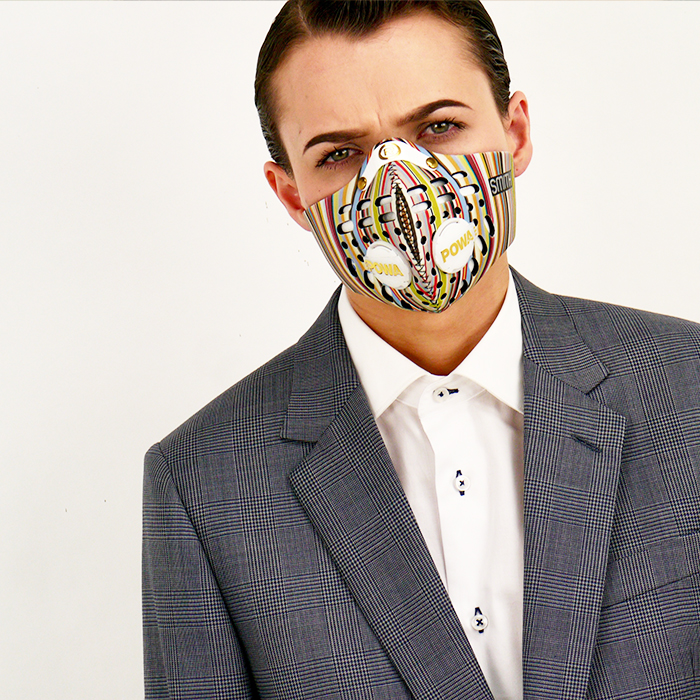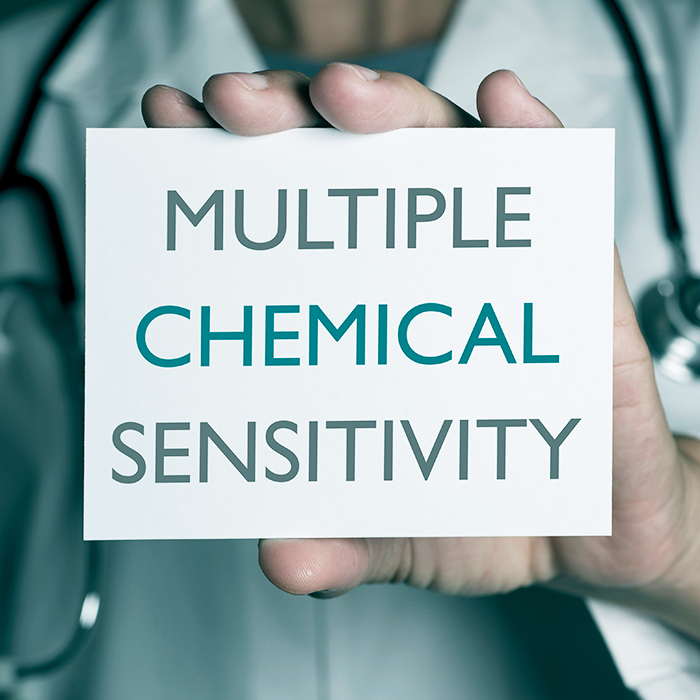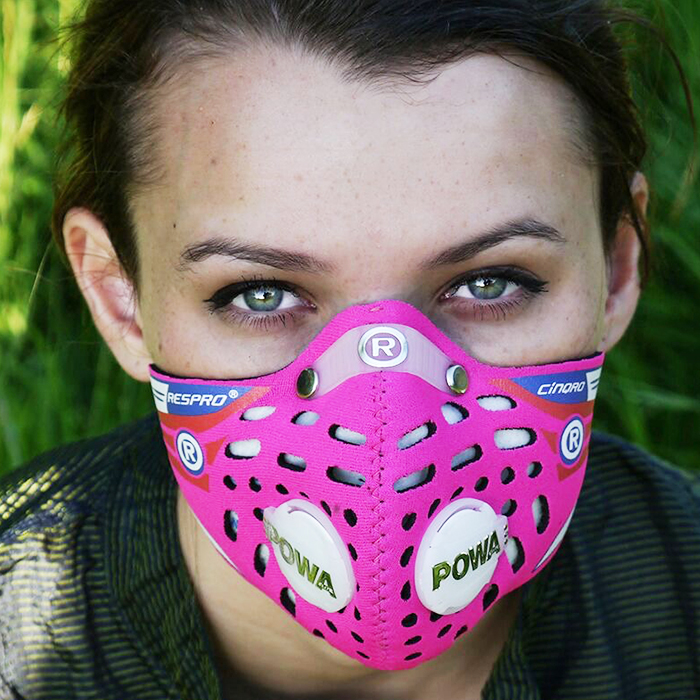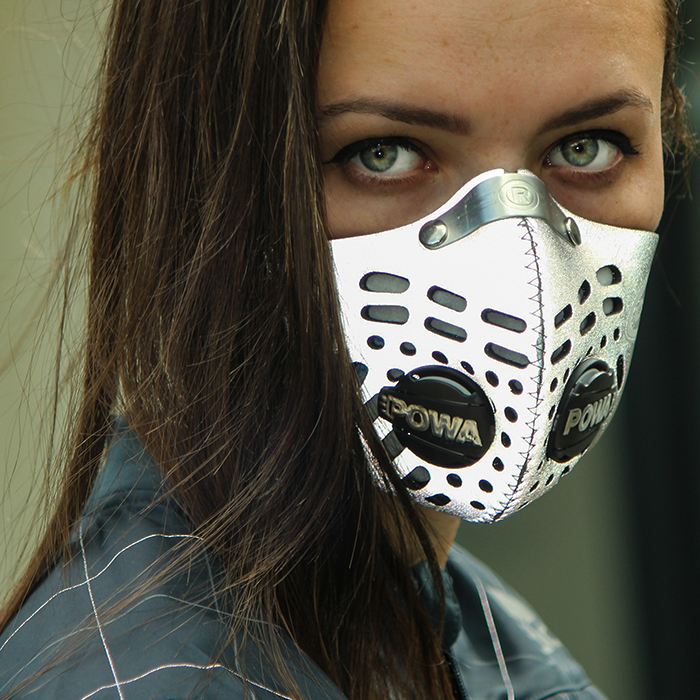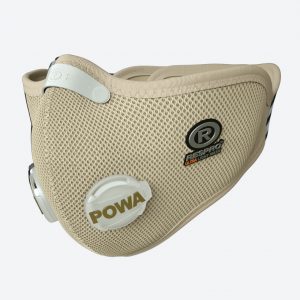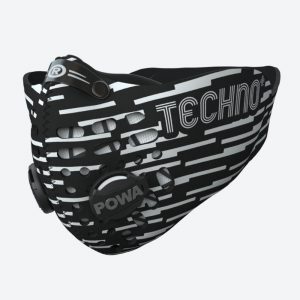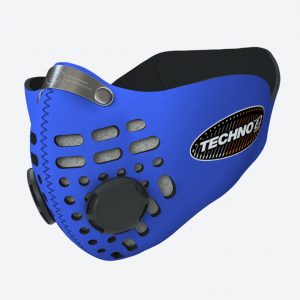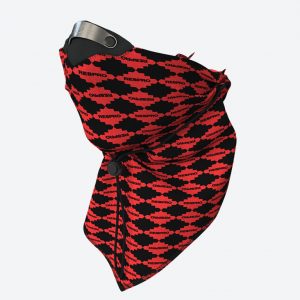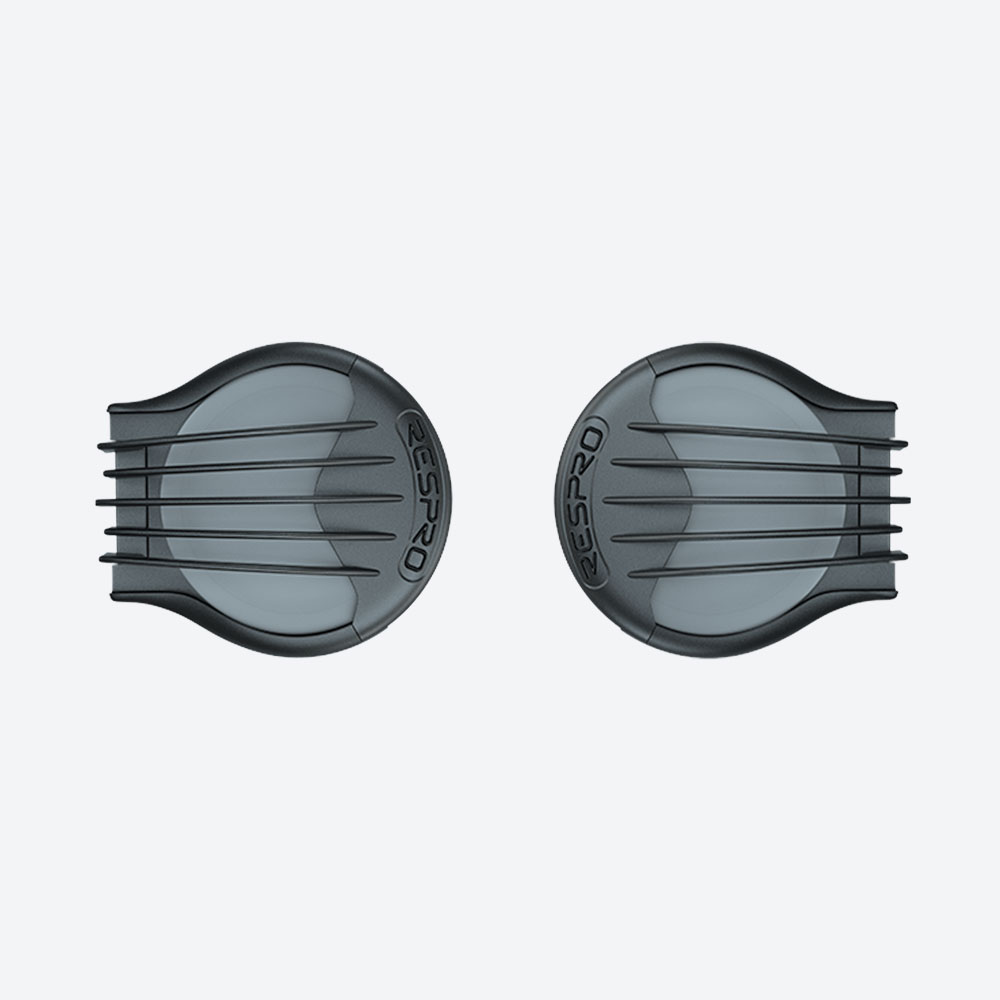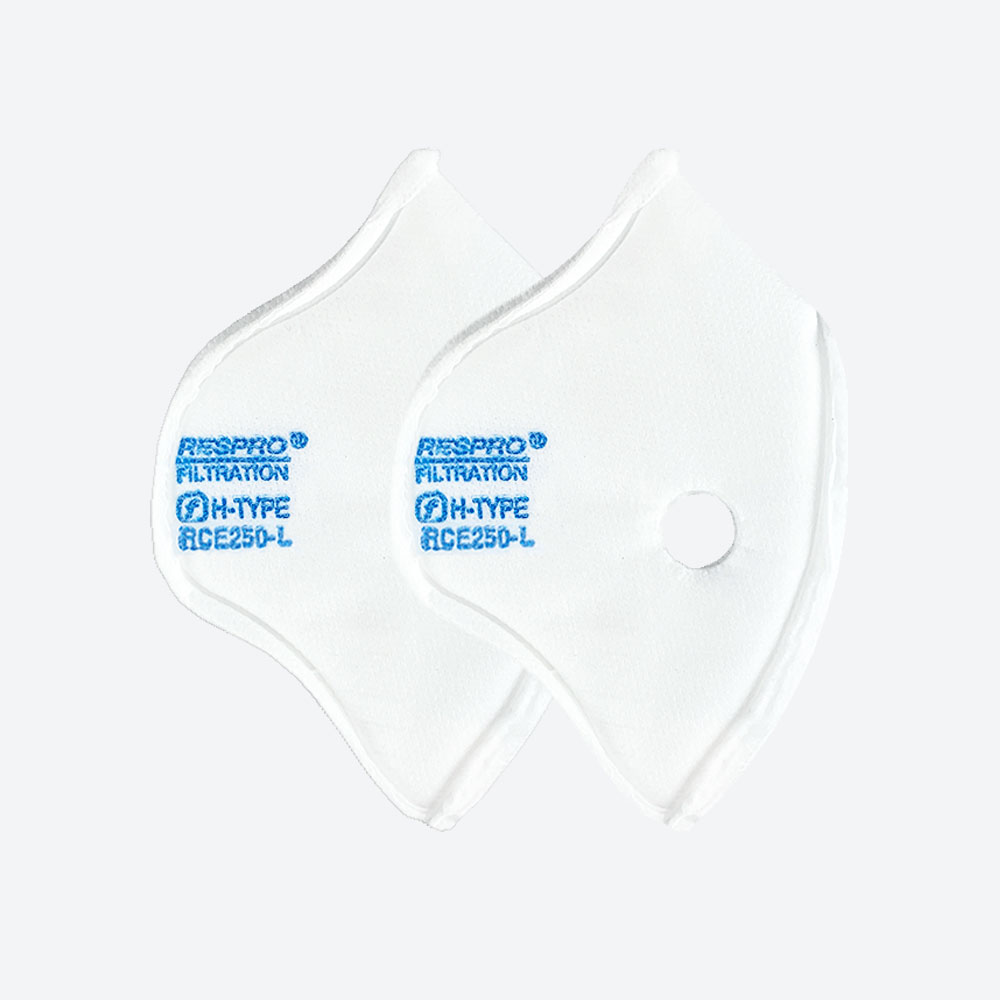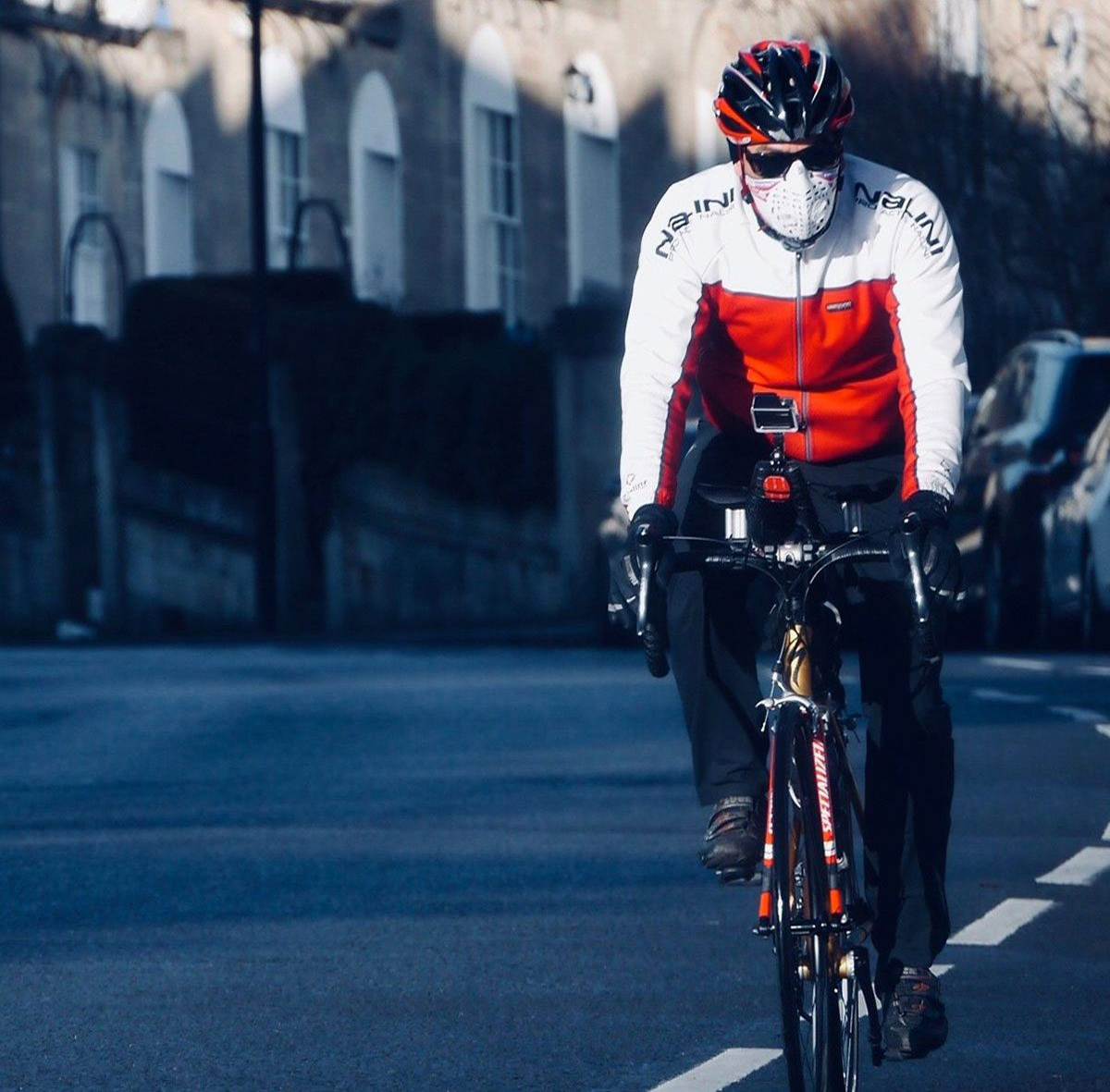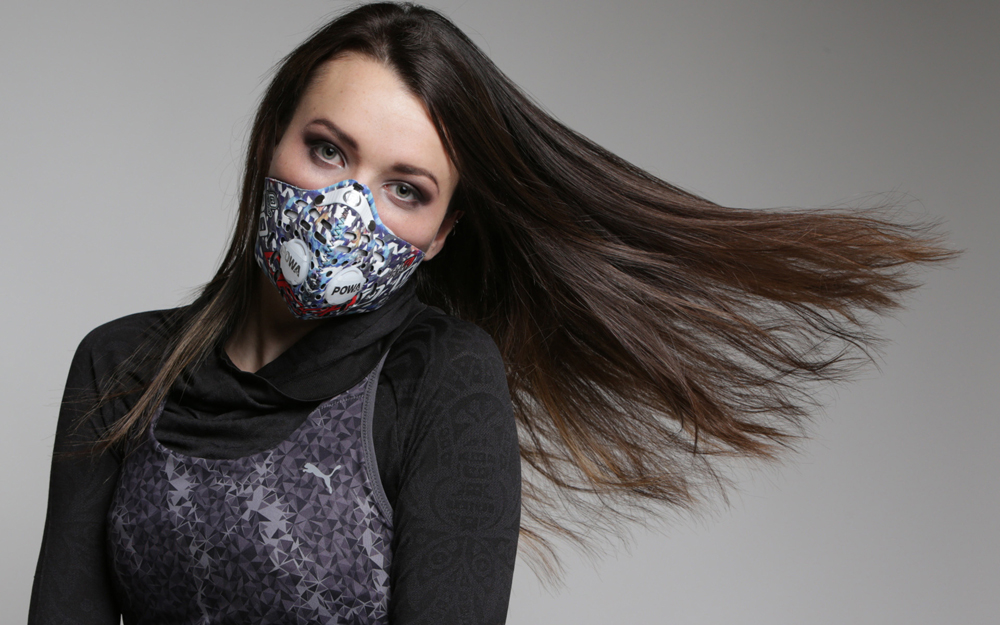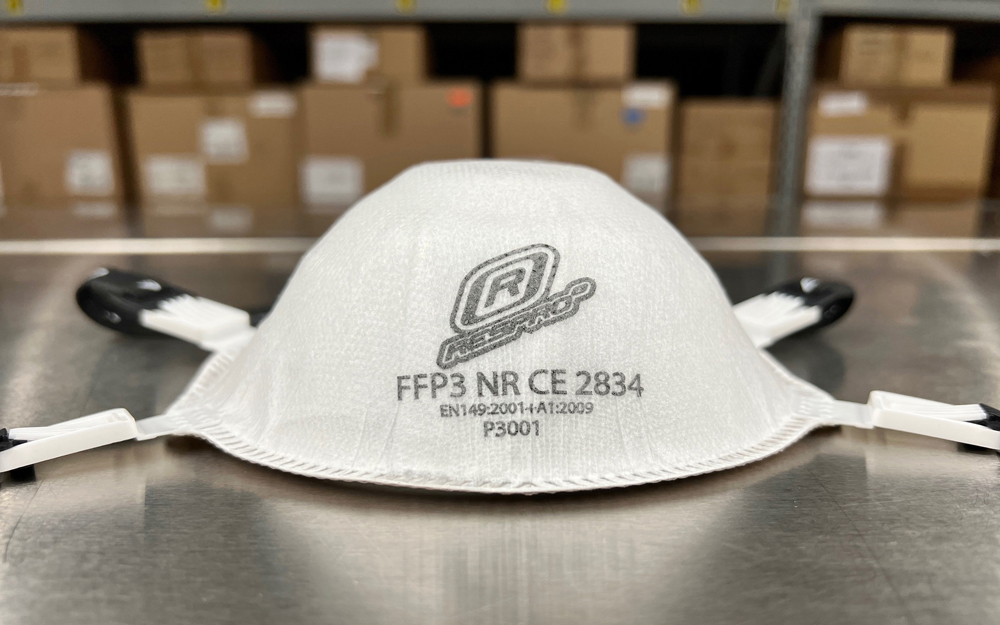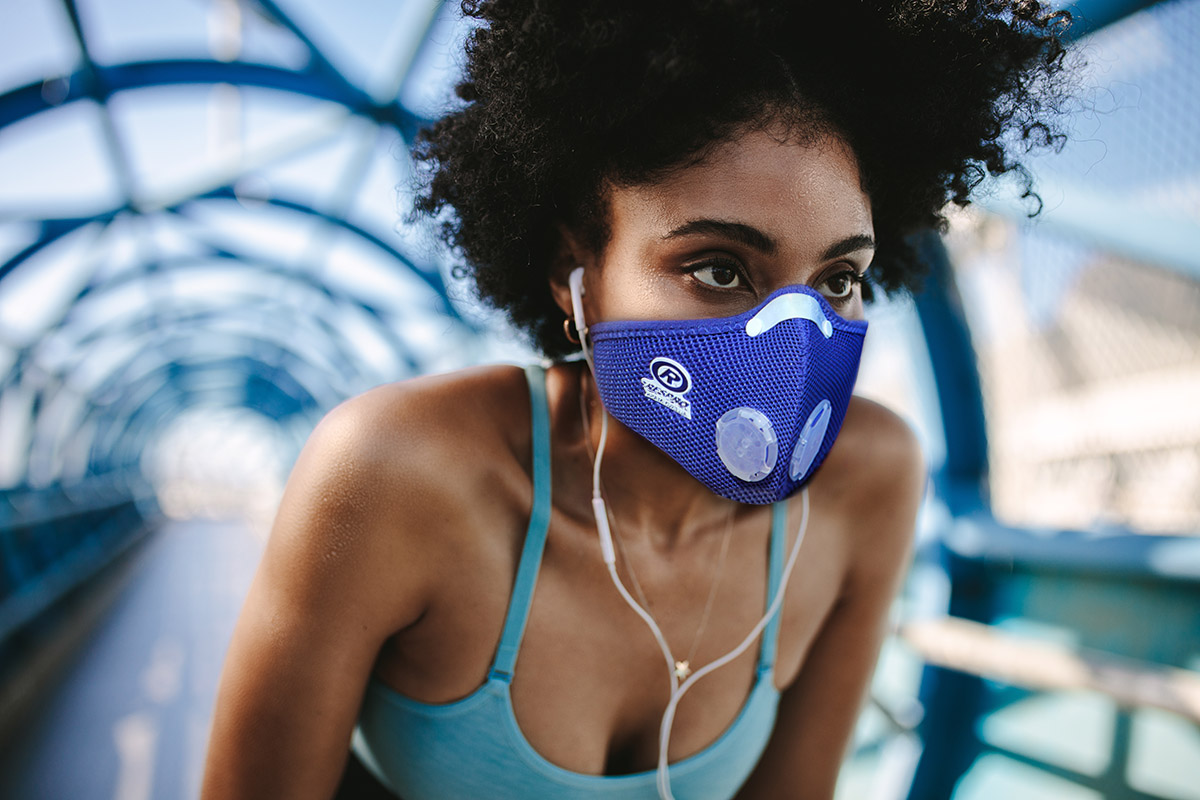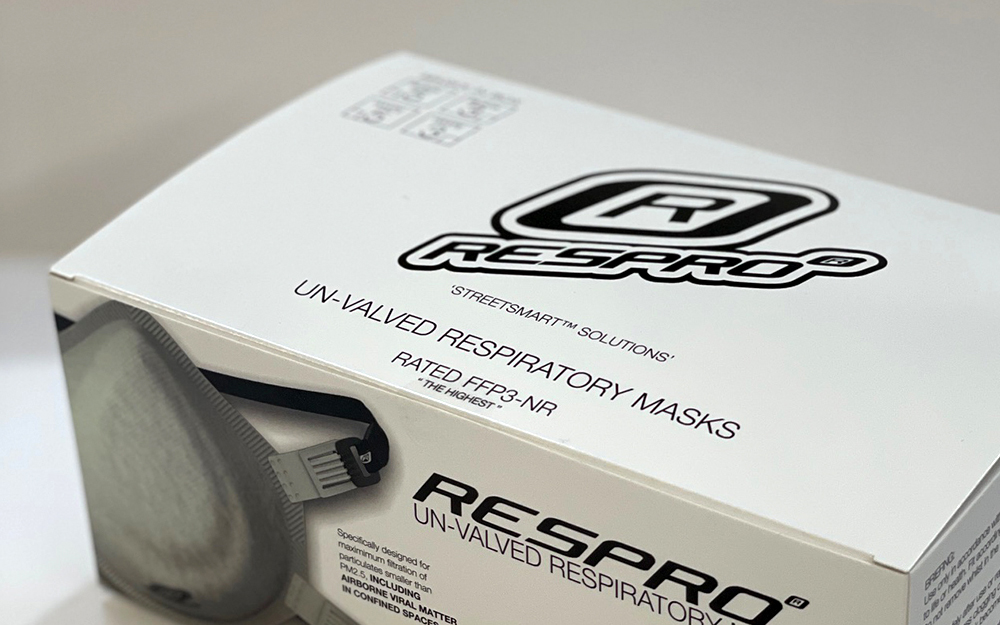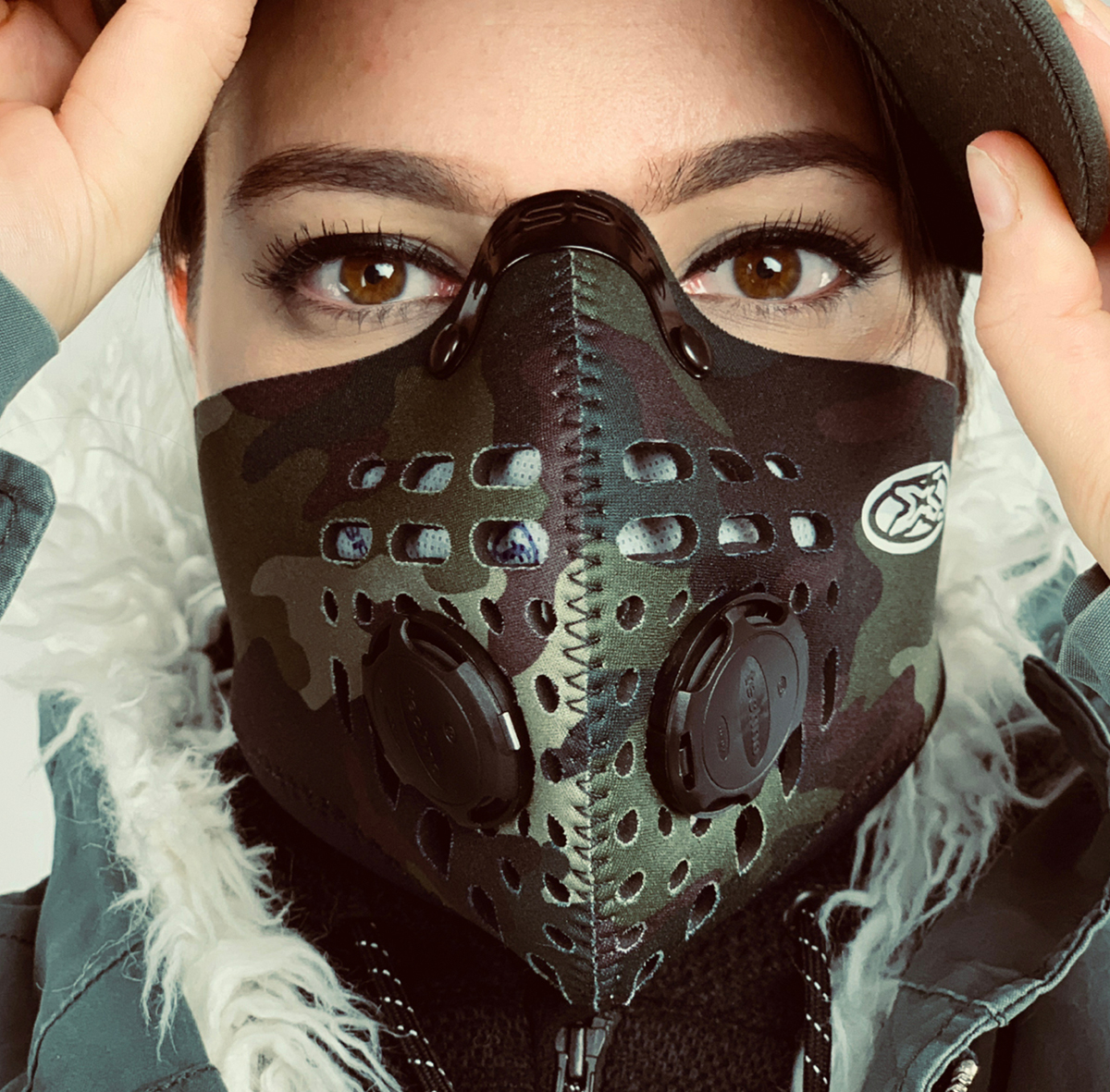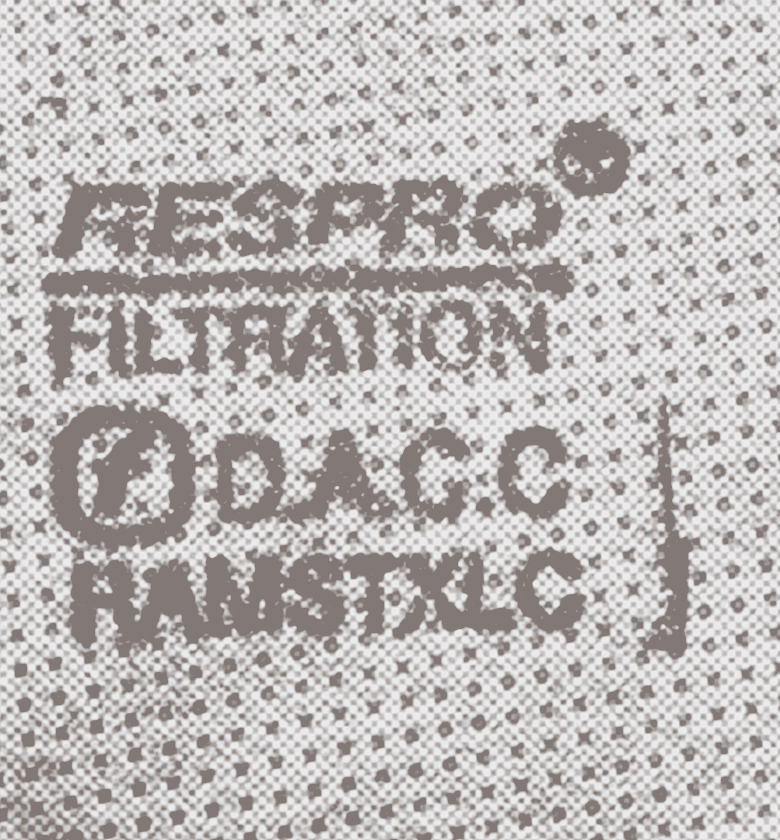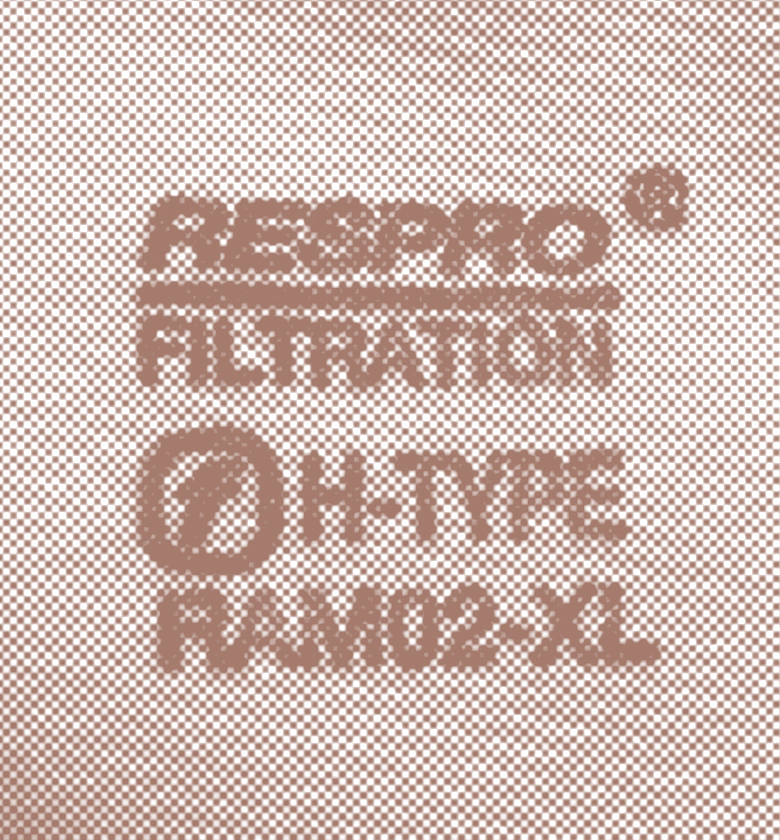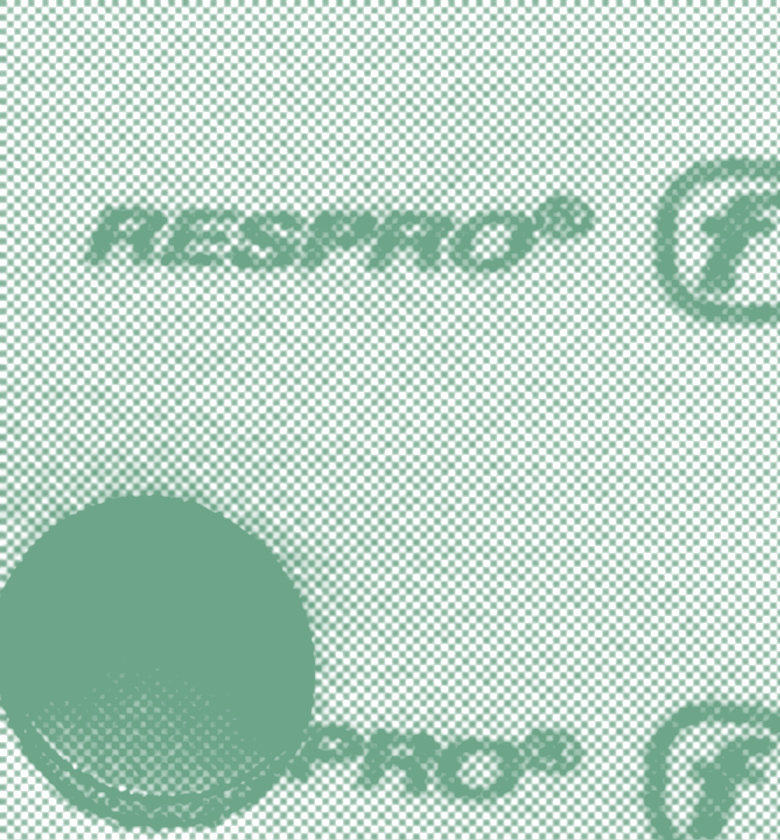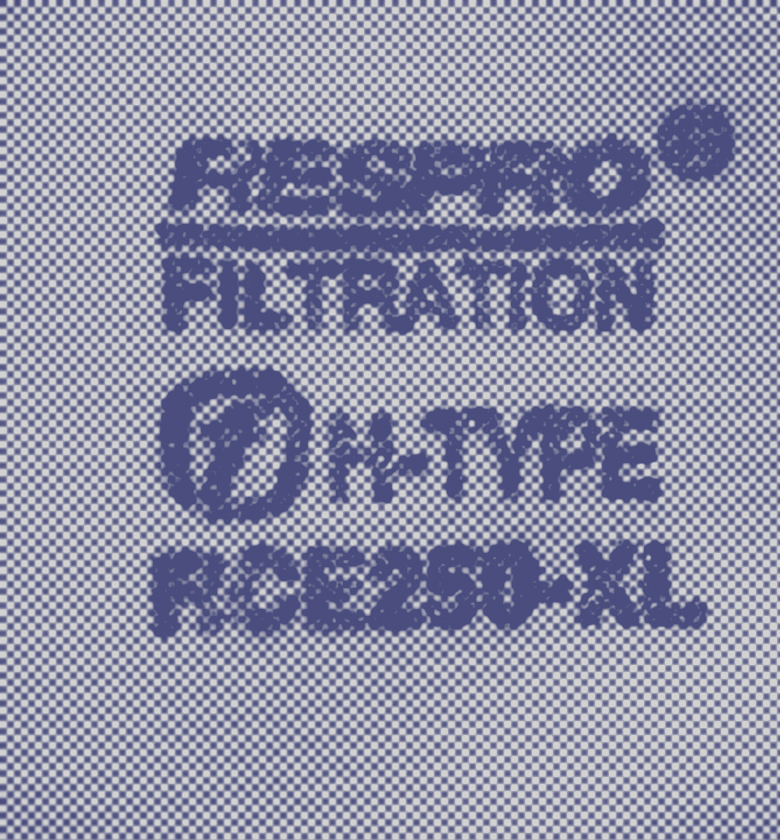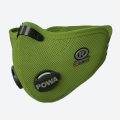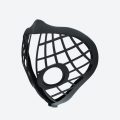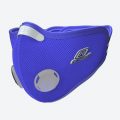Our filters
All of our masks have interchangeable filters and valves to allow you to choose the best option of mask and filter dependent on your needs provided the size of the filter and the size of the mask is the same. ie; large filter/large mask
DACC™ (City filter/Xtreme Urban filter)
The DACC™ filter is used for the removal of Acid gases and Organic vapours associated with vehicle emissions. It has a particle filtration layer that removes PM10’s but is not submicron.
Hepa-Type™ (Sports filter /Cinqro sports filter /Allergy particle filter)
A Hepa-type™ filter, gives the user submicron particle filtration only. It is a filter that targets physical particulates only (PM2.5 and submicron particulates, ie less than 1 micron AKA ultrafine particulates) . As it is a single layer of filter media it has a lower inhalation resistance and is good for people who want to keep the fine respirable exhaust dusts from entering the lungs.
Combination filter. (Techno filter/Cinqro Urban filter/Allergy chemical/particle filter)
A ‘Combination’ filter gives the user both sub-micron particle filtration with gas and vapour filtration. It is a combination of the City filter and the Sports filter. The sub-micron filtration capability of the Sports filter means is that it is able to trap particles less than one micron in size combined with the City filter for vehicle exhaust gases. This combination is the perfect filter for general urban pollution attributed to cars, buses and lorries.
CE 250 Filter (fits all mask models)
A ‘CE 250’ filter gives the user tested/certified filtration to PPE Regulation requirements 2016/425 for filtering face masks. This is a particle filter only. It has longer life time use and provides premium sub micron particle filtration inline with Health and Safety at Work legislation.
Filter Lifespan
The usable lifespan of our range of filters is dependent on the characteristics of the activity you are using a mask for. There are two dominant factors, breathing rate and environmental levels of pollutants. These characteristics would put the lifespan of the filter at a proportionally shorter or longer time.
A Hepa-Type™ filter ( Cinqro Sports, Allergy Particle, Sports filter) is replaced based on discolouration of the particulates that are retained. The inhalation resistance will increase over time. If the inhalation resistance is not bothering you then no need to replace it but to maintain the hygiene practice to keep the filter hygienically clean.
A ‘Combination’ filter (Cinqro Urban, Techno, Allergy Chemical/Particle filters) is replaced and based on the characteristics of the active urban cyclist. If you are using the mask for another activity it still applies, but your breathing rate and environmental factors would put the lifespan of the filter at a proportionally shorter or longer time. If your breathing rate is say half that of a cyclist then the effectiveness of the filter would be twice as long. For cycle commuting on a daily basis we recommend that the filter should be replaced every month or every 69 hours, whichever is sooner. Please see the following video to confirm the urban filter replacement. http://www.youtube.com/watch?v=b2XIXeCVmVw.

